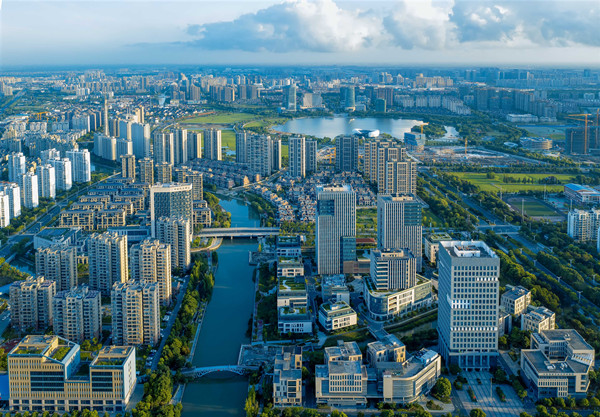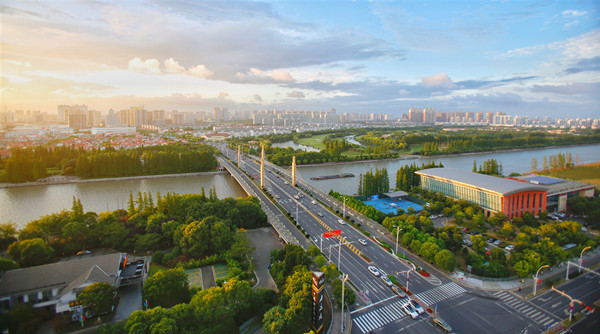Suzhou attractions to charge more
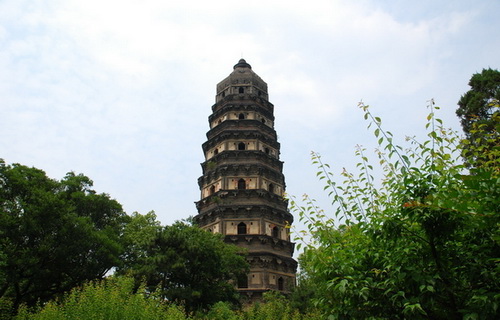 |
|
Tiger Hill. [Photo provided to China Daily] |
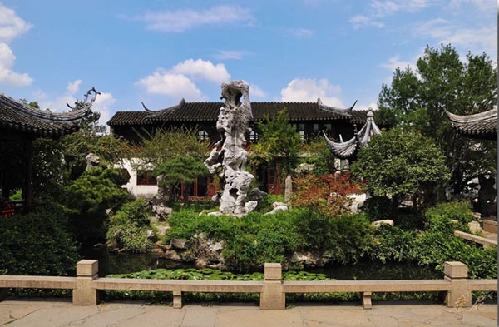 |
|
Lingering Garden. [Photo provided to China Daily] |
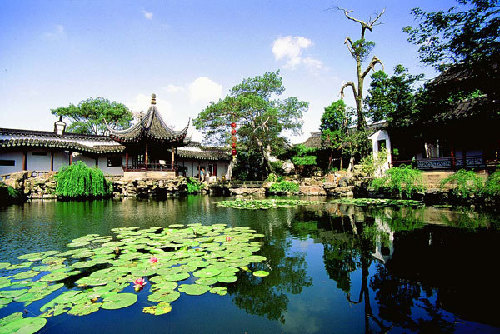 |
|
Master of the Nets Garden. [Photo provided to China Daily] |
Sixteen popular sightseeing spots in Suzhou, in the southeast of Jiangsu province, will raise their admission charges from April 1 before the arrival of the peak travel season, according to the Suzhou Price Bureau. The price hikes will only be enforced during the periods of April 1 to May 31 and July 1 to October 31.
According to the local bureau, rises in admission fees will vary from 70 yuan ($11.3) to 90 yuan ($14.53) for the Humble Administrator's Garden. Other prices include: 60 yuan ($9.68) to 80 yuan ($12.91) for Tiger Hill, 45 yuan ($7.26) to 55 yuan ($8.88) for the Lingering Garden, 30 yuan ($4.84) to 40 yuan ($6.46) for the Lion Grove Garden and Master of the Nets Garden, 20 yuan ($3.23) to 25 yuan ($4.04) for the Couple's Retreat Garden, and 15 yuan ($2.42) to 20 yuan ($3.23) for Canglang Pavilion.
The national AAAAA Humble Administrator's Garden was designated as a UNESCO world Heritage Site in 1997. It is the largest garden in Suzhou and is considered to be the finest garden in all of southern China.
Another popular tourist destination, Tiger Hill, is known for its natural beauty and historical sites. It carries its name because the hill is said to look like a crouching tiger.
Lingering Garden is another national AAAAA classical Suzhou garden recognized as a UNESCO World Heritage Site. It also stores two UNESCO Intangible World Heritage Arts; Pingtan and Guqin music.
The Lion Grove Garden is one of the top four famous gardens in Suzhou after the Humble Administrator's Garden, Lingering Garden and Master of the Nets Garden. It is famous for the large and labyrinthine grotto of Taihu rocks at its center. The name of the garden is derived from the shape of these rocks, which are said to resemble lions.
Master of the Nets Garden, is considered to demonstrate Chinese garden designers' adept skills for synthesizing art, nature and architecture to create unique metaphysical masterpieces. It is particularly regarded among garden connoisseurs for its demonstrable mastering of techniques of relative dimension, contrast, foil, sequence and depth, and borrowed scenery.
Canglang Pavilion was built in 1044 CE by a poet. It is famous for its 108 'leaky windows', each with a different design. It was added to the list of UNESCO World Cultural Heritage Monuments in 2000.
The officials also announced that of the 102 urban tourist attractions in Suzhou, 21 attractions will keep their admission fees lower than 10 yuan. This includes the Garden of Cultivation near Jinmen Gate, which is said to be one of the best examples of a Ming Dynasty classic garden in Suzhou.
There are however some sightseeing spots and attractions that are free to public. These include Suzhou Museum, which was designed by the Pritzker Prize-winning Chinese-American architect I.M. Pei in association with Pei Partnership Architects; Kunqu Opera Museum, which covers Kunqu Opera's 500 year-old history and displays the largest number of hand-copied books, lyrics and scores of Kunqu Opera in China; and Jinji Lake, the largest inland city lake in China.


